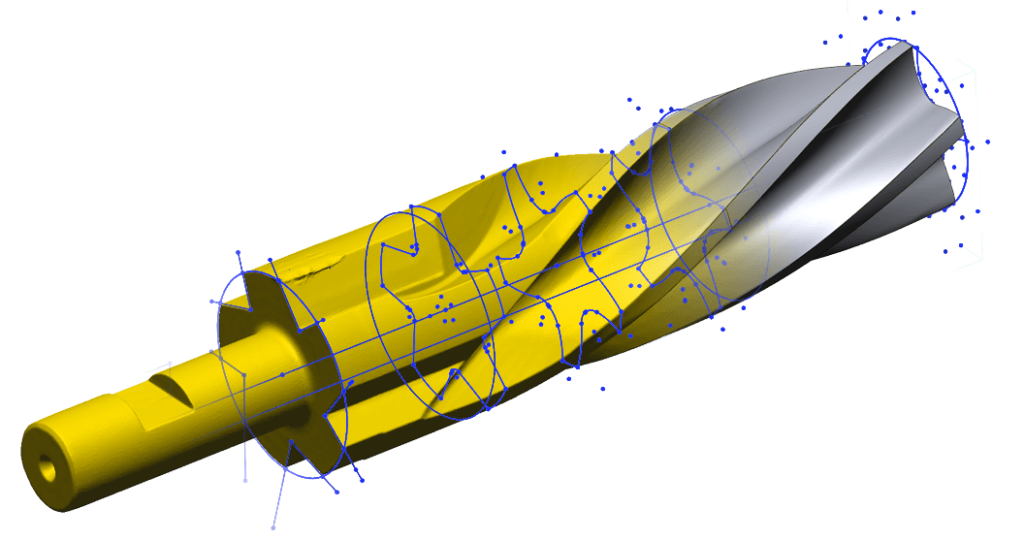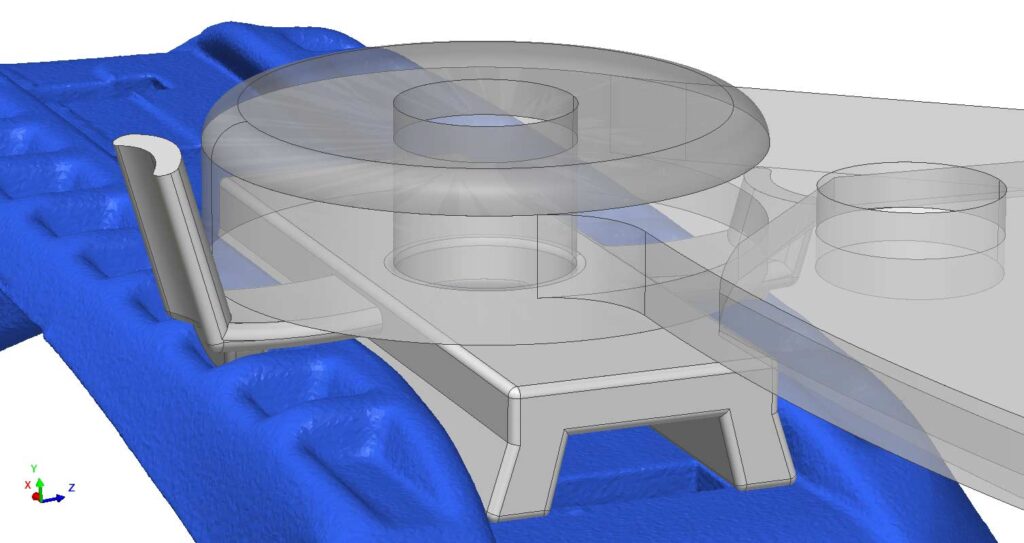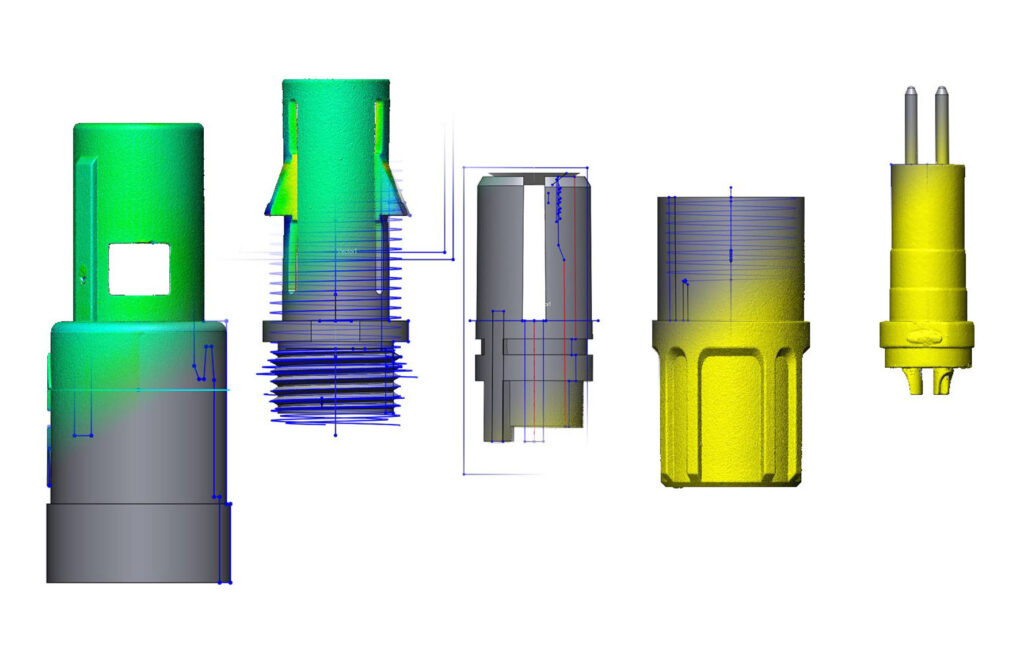Unlocking Innovation: The Power of 3D Scanning for Reverse Engineering
Innovation is the lifeblood of progress, driving industries forward by leaps and bounds. But what happens when innovation meets the physical world, where existing objects and components stand as formidable barriers to progress? Enter 3D scanning for reverse engineering – a transformative technology that bridges the gap between the physical and digital realms, unlocking a world of possibilities for designers, engineers, and innovators alike.

The Essence of Reverse Engineering
Reverse engineering is the process of deconstructing and understanding the design of a physical object to recreate it digitally. Traditionally, this involved meticulous measurements, manual drawings, and countless hours of labor. However, the advent of 3D scanning has revolutionized this practice, offering a faster, more accurate, and incredibly versatile solution.

Harnessing the Power of 3D Scanning
At the heart of reverse engineering lies 3D scanning technology, which enables the precise capture of an object’s geometry in stunning detail. Using techniques such as laser scanning, structured light scanning, or CT scanning, 3D scanners generate point clouds or mesh models that faithfully replicate the physical form of the object.

REVERSE ENGINEERING WORKFLOW
1. Data Acquisition: The object of interest is scanned using a 3D scanner, which captures its shape, dimensions, and surface topology.
2. Data Processing: The raw scan data is processed to remove noise, align multiple scans (if necessary), and create a clean, detailed representation of the object’s geometry.
3. Model Creation: From the processed scan data, a digital model is generated using specialized software. This model faithfully replicates the physical object, serving as a blueprint for further design and analysis.
4. Design Enhancement: With the digital model at hand, designers and engineers can refine, modify, or optimize the object’s design to meet specific requirements or improve its performance.
5. Validation and Analysis: The digital model undergoes rigorous testing and analysis to ensure its accuracy and functionality. CAD comparison reports are used to verify dimensional accuracy whil finite element analysis (FEA), simulation, and other techniques help validate the design and identify areas for improvement.

